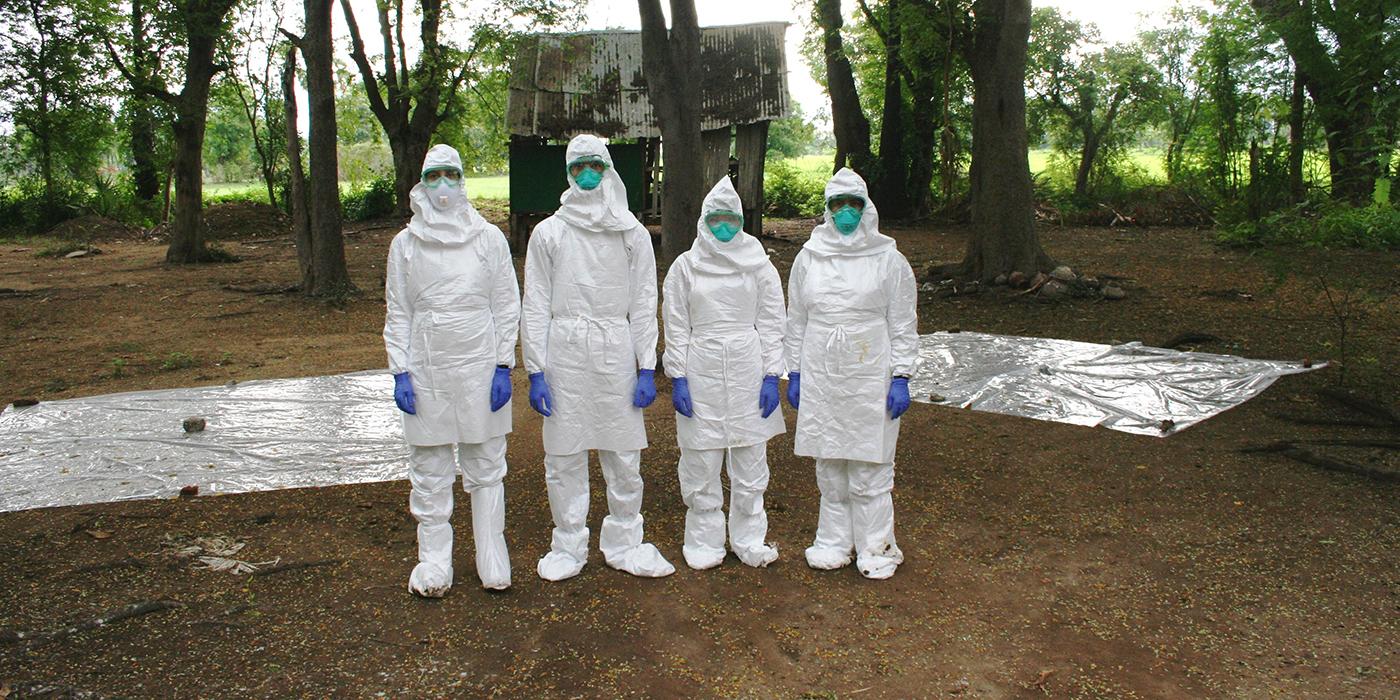Virus Detection in Myanmar's Bats
Smithsonian's Global Health Program (SGHP), through the U.S. Agency for International Development (USAID) PREDICT program, aims to strengthen developing countries’ ability to detect, control and prevent infectious diseases. SGHP collaborates with local Myanmar organizations to provide education, training, and resources to aid in the identification and prevention of zoonotic diseases. Throughout the country, scientists from SGHP, PREDICT, local universities, and food and agriculture organizations will collect samples from a wide array of wild and domestic species including primates, bats and rodents in areas where there is increasing human-animal contact.
At the forefront of biological diversity in Southeast Asia, Myanmar is home to over 75 species of bats that roost by the thousands in and over Buddhist shrines, tourist hotspots, and local villages. With the origins of numerous zoonotic diseases (e.g. Nipah, Hendra, and Ebola viruses) traced to bats, disease surveillance programs like the one headed by the SGHP team and its partners are key in determining the presence of viruses that may be transmitted from bats to humans. Additional wildlife species, such as macaques are also being investigated. The extensive human-wildlife interface in Myanmar, coupled with rapid deforestation and urbanization, increases the emergence of a novel infectious disease.


